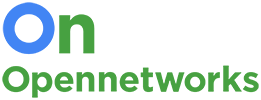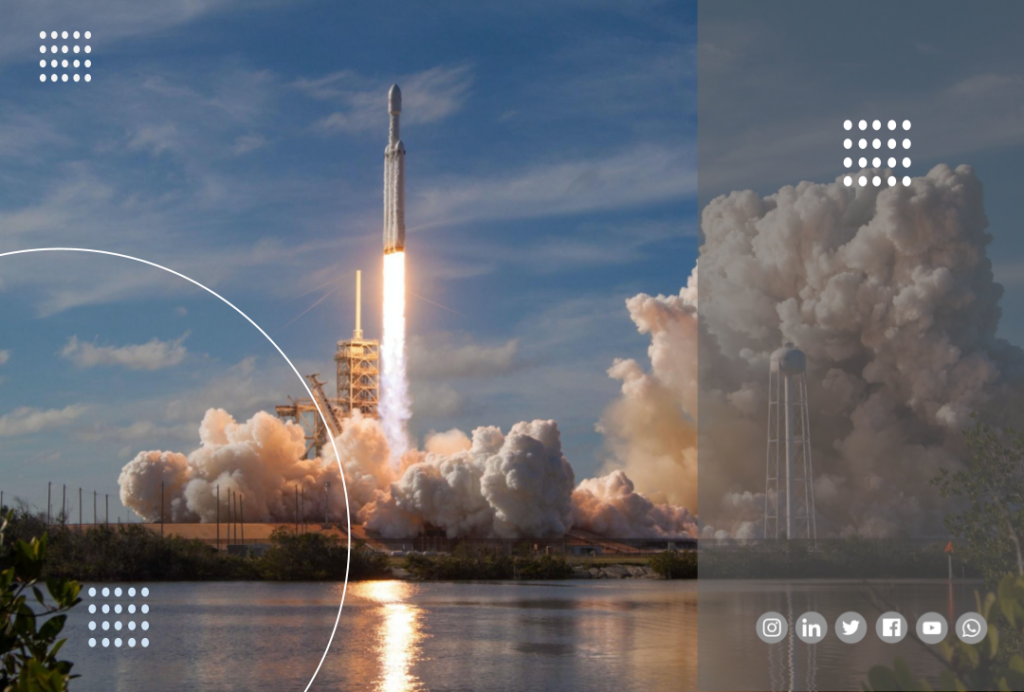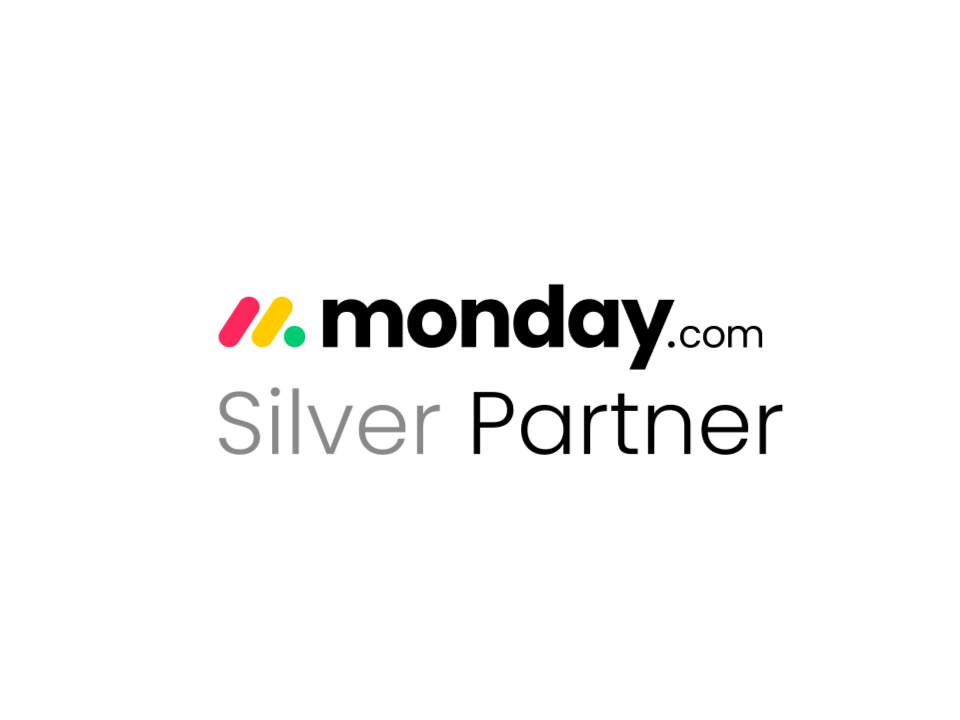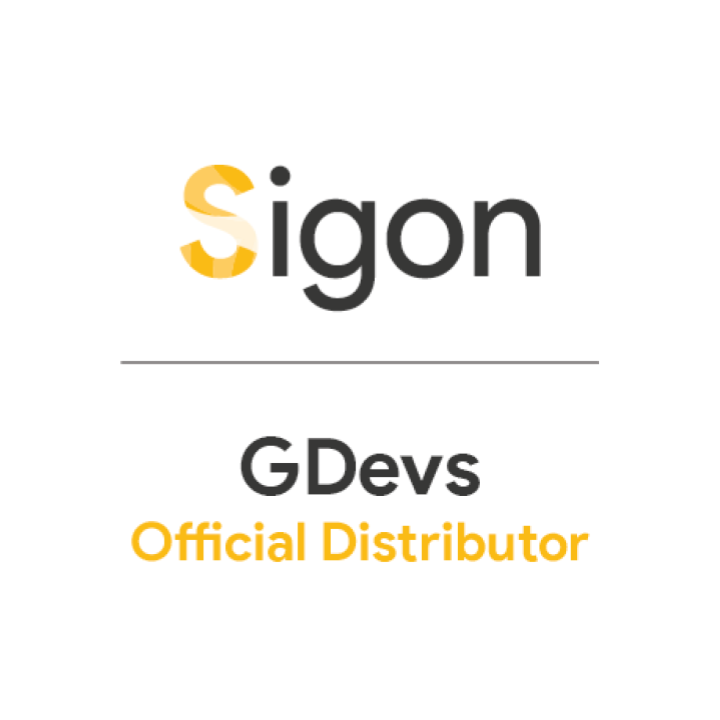Written by Ana Lemmer, Opennetworks Chief Agility Officer
It’s not news; the fact that the COVID-19 pandemic has demonstrated not only the need for greater business agility; but also validated an Agile approach through which to leverage it.
Even if an organization had started on their agility journey before COVID-19, the pandemic pushed for even greater adaptability, speed and efficiency at an ever increasing rate of change. Suddenly organizations and their employees needed to operate digitally and virtually in ways unprecedented, which in turn called on higher levels of employee engagement and accountability than accustomed. Decision rights needed to shift and be decentralized throughout the organization and learning needed to take place rapidly and instantaneously.
No wonder then that many organizations globally have intensified their efforts towards greater agility. Opennetworks too have come a long way in its agile journey and aims to win even more ground in the coming year. Here are a number of steps the company has taken on its journey that ensures the business, its employees and customers continue to thrive in the face of changing markets and environments.
Shared strategic focus and clear, more frequent communication through OKRs
In navigating change, an organization needs its teams to trek in the same direction with a high level of transparent and frequent communication and feedback loops. To facilitate this, Opennetworks opted to implement Objectives and Key Results (OKRs).
Described as ‘the simple idea that drives ten times growth, many times over’ by Larry Page, co-founder of Google, OKRs is a 90-day priority-setting framework, that supports an organization and its team to examine critical priorities, establishing a clear and simple focus for those 90 days while effectively managing competing demands. In doing so it contributes to a shared vision and direction for teams, helping to engage and motivate employees and maintain more focused and frequent communication organization-wide.
It also asks for a shared assessment of progress giving all stakeholders a very visible and transparent way to gauge how well and quickly things are happening and where to pay more attention.
In Opennetworks, 90% of employees agree that OKRs have indeed delivered on its so-called ‘superpowers’ of ‘creating focus, facilitating alignment, tracking for higher accountability and stretching for innovation’.
Networks of teams
During COVID-19, a first move of many companies was to reduce hierarchical barriers, bringing senior leadership in closer contact with operational leads and therefore the realities on the ground. Agile organizations are similarly characterized by flat structures with flexible, scalable networks of teams with clea role accountability.
How these networks are organized can vary depending on a specific business goal i.e. for increased strategic alignment or high-priority customer needs. Another model may include functional and cross-functional teams like we have at Opennetworks. We have cross-teams that include both sales and delivery functions to ensure we align on how best to meet our customer’s needs and also improve our own ways of working. We also cross-team to ensure we continuously refine our product offering according to what our customers need and in terms of what we can deliver against high levels of quality and excellence.
The team is however at the heart of such a network structure and team-based working – central to Agile; has advantages over your traditional hierarchies in terms of speed, precision, decision making, customer engagement and ultimately also employee satisfaction. As a business, you want to be able to draw from these advantages in high-change environments.
Rapid decision-making and resource mobilization
For an organization to be responsive to change, you need to be able to ‘move’ quickly in how you make decisions and then free up the necessary resources to implement them.
Consensus decision-making, consulting ‘up and down the chain of command’ has had to make way for team-based decision-making. Letting the people closer to the problem drive the decision-making process, calling in the expertise and necessary authority they need to decide and hit the ground running immediately. Once a decision is made, all employees get behind enacting those decisions. In Agile, decisions are made as part of rapid cycles, that are quickly tested in practice and then adjusted as needed for subsequent iterations. And yes, in Agile if it turns out to be the wrong move you will know soon enough! Ensuring that teams are guided by clear purpose and have access to the information to make the most informed decisions they can support teams’ ability to innovate and adapt quickly to changing circumstances.
Beyond team-based decision-making, you can also set up structures across multiple teams to act as ‘rapid-consultation-and-decision-making’ bodies. In Opennetworks we have our ‘Collaboration Forum’ made up from team-leads and relevant experts in the company as a mechanism both to ensure frequent consultation and representative decision-making, as well fostering the necessary communication loops throughout levels and teams in the business.
Towards data-informed decision-making
When teams work remotely, they must be empowered to make decisions that deliver results quickly and efficiently. And they need to be able to do this with the sufficient information or data on which to base their reasoning. Data-informed decision-making alone is however not enough to ensure business survival and growth. It needs to be positioned within an Agile framework of acting and reacting amid constant change. And to really enable that ability to adapt, you need the right analytics technology to support what is hopefully your Agile data-informed decision- making framework.
At Opennetworks, we are lucky in that our product stack not only includes solutions for remote working and collaboration through Google and monday.com; it also includes cloud data analytics services. Through COVID 19, we have not only used our expertise to support our customers, we have also used it to empower our own teams to both understand how they can improve in the ways we work but to also act decisively and rapidly on that business intelligence; all in the quest to become ever more responsive to our customers and a shared, volatile environment.
“Agile software development – Wikipedia.” https://en.wikipedia.org/wiki/Agile_software_development. Accessed 6 Dec. 2021.











